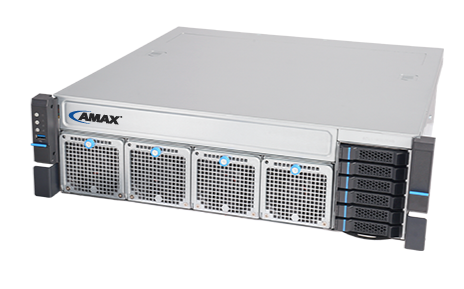Edge AI represents a cutting-edge approach that blends Artificial Intelligence (AI) with Edge computing to optimize AI workflows across networks. Unlike traditional cloud AI, which centralizes AI application development and execution in data centers, Edge AI shifts part of this computational load to the network's outermost points, including endpoints like user devices.
This integration of AI and Edge computing enables machine learning algorithms to operate directly on IoT devices at the network's edge. This proximity to data sources not only reduces latency and bandwidth consumption but also enhances real-time analytics, security, and cost efficiency. Essentially, Edge AI is about bringing intelligent processing closer to where data is generated, leading to faster, more secure, and efficient AI-driven outcomes.
Edge AI's utility in telecommunications and transportation, particularly for self-driving cars, stems from its ability to deliver rapid, reliable, and efficient processing at the source of data generation. Here's how it specifically benefits these sectors:
Telecommunications
- Reduced Latency: By processing data at the edge of the network, telecommunications companies can significantly reduce the time it takes for data to travel between the user and the processing center. This is crucial for applications requiring real-time or near-real-time responses, enhancing user experiences and enabling new services that rely on ultra-low latency.
- Bandwidth Efficiency: Edge AI helps in managing bandwidth more efficiently by processing data locally and only sending essential information back to the cloud. This reduces network congestion and saves bandwidth, which is vital for telecommunications networks that handle vast amounts of data.
- Enhanced Security: Processing data locally minimizes the amount of sensitive information that must be transmitted over the network, reducing exposure to potential breaches. Additionally, Edge AI can implement real-time security protocols at the network edge, bolstering overall cybersecurity measures.
Transportation (Self-Driving Cars)
- Real-Time Decision Making: In self-driving cars, Edge AI allows for immediate processing of sensor data (from cameras, radar, and LIDAR), enabling the vehicle to make split-second decisions critical for safe navigation and obstacle avoidance. This instantaneous processing is essential for the autonomous operation of vehicles in dynamic environments.
- Reliability in Connectivity-Challenged Areas: Self-driving vehicles, equipped with Edge AI, can operate reliably even in areas with poor or no connectivity. Since decisions are made on-board, these vehicles are not dependent on constant communication with distant servers, ensuring consistent performance irrespective of network coverage.
- Data Privacy and Security: With Edge AI, much of the data processing occurs directly on the vehicle, reducing the need to send sensitive information over the network. This approach enhances privacy and security, key considerations for users and manufacturers alike.
Addressing latency effectively and customizing AI solutions across multiple sectors is key to delivering high-performance technology. Low latency is critical, especially for real-time applications, enhancing user experiences and enabling quicker decision-making.
Customizing AI to fit various industry needs requires a focused approach that includes scalability, robust security, and easy integration into existing systems. Edge computing plays a pivotal role here, bringing data processing closer to the source and significantly cutting down latency. Moreover, the advent of technologies such as 5G and eventually 6G boosts data transmission, facilitating faster and more reliable AI services.


